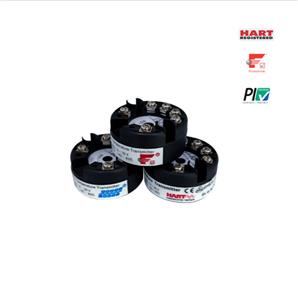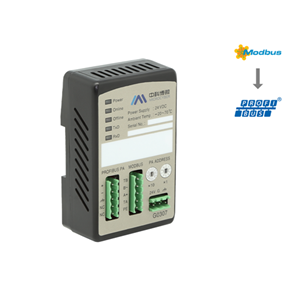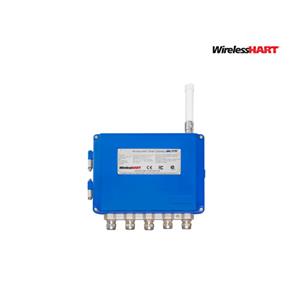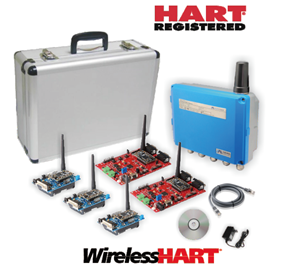Problems and solutions that pressure transmitters are easy to encounter during use
Problems and solutions that pressure transmitters are easy to encounter during use:
1. Problem phenomenon: No output from the transmitter
Inspection and testing
1.)Check whether the transmitter power is connected reversely;
2.)Measure whether the power supply of the transmitter has 24V DC voltage;
3.)If it is with a meter head, check whether the meter head is damaged (you can short-circuit the two wires of the meter head first, if it is normal after the short-circuit, it means the meter head is damaged);
4.)String the ammeter into the 24V power supply circuit to check whether the current is normal;
5.)Whether the power supply is connected to the power input end of the transmitter;
Solution
1.)Connect the power polarity correctly;
2.)It must be ensured that the power supply voltage to the transmitter is ≥12V (that is, the voltage at the transmitter's power input terminal is ≥12V);
3.)If there is no power supply, check whether the circuit is disconnected and whether the detection instrument is selected incorrectly (input impedance should be ≤250Ω);
4.)If the meter head is damaged, it needs to be replaced. If it is normal, the transmitter is normal. At this time, check whether other meters in the loop are normal;
5.)Connect the power cord to the power terminal;
2. Problem phenomenon: Transmitter output ≥20mA
Inspection and testing
1.)Is the transmitter power supply normal?
2.)Whether the actual pressure exceeds the selected range of the pressure transmitter;
3.)Whether the pressure sensor is damaged. Severe overload can sometimes damage the isolation diaphragm;
4.)Whether the wiring is loose;
5.)Is the power cord wiring correct?
Solution
1.) If the transmitter power supply is less than 12VDC, check whether there is a large load in the loop. The input impedance of the transmitter load should conform to RL≤(transmitter supply voltage-12V)/( 0.02A)Ω;
2.) Reselect a pressure transmitter with an appropriate range;
3.) If the pressure sensor is damaged, it needs to be sent back to the manufacturer for repair;
4.)Connect the wires and tighten them;
5.)The power cord should be connected to the corresponding terminal;
3. Problem phenomenon: Transmitter output ≤4mA
Inspection and testing
1.) Is the transmitter power supply normal?
2.) Whether the actual pressure exceeds the selected range of the pressure transmitter;
3.) Whether the pressure sensor is damaged. Severe overload can sometimes damage the isolation diaphragm;
Solution
1.) If the transmitter power supply is less than 12VDC, check whether there is a large load in the loop. The input impedance of the transmitter load should conform to RL≤(transmitter supply voltage-12V)/(0.02A)Ω;
2.) Reselect a pressure transmitter with an appropriate range;
3.) If the pressure sensor is damaged, it needs to be sent back to the manufacturer for repair;
4. Problem phenomenon: Incorrect pressure indication
Inspection and testing
1.) Is the transmitter power supply normal?
2.) Whether the reference pressure value must be correct;
3.) Whether the range of the pressure indicating instrument is consistent with the range of the pressure transmitter;
4.) Whether the input of the pressure indicating instrument and the corresponding wiring are correct;
5.) The input impedance of the transmitter load should conform to RL ≤ (transmitter supply voltage -12V)/( 0.02A) Ω;
6.) Whether the input terminal is open when the multi-point paper recorder is not recording;
7.) Whether the corresponding equipment shell is grounded;
8.) Whether it is routed separately from AC power and other power sources;
9.) Whether the pressure sensor is damaged. Severe overload can sometimes damage the isolation diaphragm;
10.) Whether there is sand, impurities, etc. in the pipeline that block the pipeline, which will affect the measurement accuracy when there are impurities;
11.) Whether the temperature of the pipeline is too high, the operating temperature of the pressure sensor is -25~85℃, but in actual use it is within -20~70℃;
Solution
1.) If the transmitter power supply is less than 12VDC, check whether there is a large load in the loop. The input impedance of the transmitter load should conform to RL≤(transmitter supply voltage-12V)/(0.02A)Ω;
2.) If the accuracy of the reference pressure gauge is low, another pressure gauge with higher accuracy must be replaced;
3.) The range of the pressure indicating instrument must be consistent with the range of the pressure transmitter;
4.) The input of the pressure indicating instrument is 4~20mA, the output signal of the transmitter can be directly connected; if the input of the pressure indicating instrument is 1~5V, it must be connected to the input end of the pressure indicating instrument and a precision of 1000 A resistance of one part or more with a resistance value of 250Ω, and then connect to the input of the transmitter;
5.) The input impedance of the load of the transmitter should meet RL≤, if not, corresponding measures can be taken according to its difference: such as increasing the supply voltage (but must be lower than 36VDC), reducing the load, etc;
6.) If the input of the multi-point paper recorder is not recording, if the input terminal is open circuit: 1.) No other load is allowed; 2. 0) Use another recorder with input impedance ≤ 250Ω when there is no recording;
7.) The corresponding equipment shell is grounded;
8.) Separate wiring from AC power and other power sources.
9.) If the pressure sensor is damaged, it needs to be sent back to the manufacturer for repair;
10.) When there is sand or impurities in the pipeline that block the pipeline, it is necessary to clean the impurities and add a filter before the pressure port;
11.) If the temperature of the pipeline is too high, add a buffer tube to dissipate heat. Add some cold water to the buffer tube before use to prevent the superheated steam from directly impacting the sensor, which may damage the sensor or reduce its service life;




